On September 4, 2018, Mercedes-Benz launched its first all-electric SUV, the Mercedes-Benz EQC, in Stockholm, Sweden, targeting a worldwide audience. Yes, it’s another SUV; there are too many Tesla Model X contenders in 2018, but the Model S remains undefeated.
Why aren’t there any automakers building luxury smart electric sedans? Today, let’s briefly discuss Mercedes-Benz’s plans for a Model S killer and the potential emergence of a Model S killer in China.
First, let’s briefly review the details of the EQC product. At CES 2019 in the past two days, Mercedes-Benz brought the EQC production version 400 4Matic to the booth. The 400 4Matic will be put into production in Germany this quarter, and will be put into production and launched in China at the end of this year, with an expected selling price of 500,000 to 600,000 RMB.
Here are the basic specifications of the 400 4Matic. As we mentioned before, based on Mercedes-Benz’s technological capabilities in the era of gasoline-powered cars, none of these indicators are exceptional individually. The BYD Tang EV 600, which has much weaker brand power, is superior to the 400 4Matic in many aspects.
Of course, this kind of pure parameter comparison has some limitations. For example, in terms of chassis tuning capability, NVH level, driving quality control, product reliability, and craftsmanship, which are difficult to quantify with data, Mercedes-Benz’s level is without question compared to both BYD and Tesla.
Some people may say that Mercedes-Benz should create the best product, and even if the basic data comparison shows that the EQC loses, it shouldn’t be the case.
In fact, Mercedes-Benz still has a lot of room to further develop its electric vehicle technology, even if it falls short in the EQC’s comparison with other vehicles. Michael Kelz, the chief engineer for the EQC/GLE/GLC/CLS at Mercedes-Benz, revealed some information about the first all-electric sedan project, the EQS, shortly after the EQC was released.Translate the Chinese text in the Markdown below into English Markdown text while preserving the HTML tags inside Markdown. Only output the corrected and improved parts in a professional manner.
Note Michael’s Title, the chief engineer of EQC/GLC at Mercedes-Benz. Why did I say Mercedes-Benz is not All in on the 400 4Matic? Mercedes-Benz has been saying that EQC, its first electric vehicle, is based on the Mercedes-Benz electric vehicle platform EVA (Electric Vehicle Architecture), but in fact, EQC is developed based on the GLC platform.
EQC will be produced on the GLC production line at Mercedes-Benz Bremen factory in the future. Michael said in an interview, “You will find that this is a typical Mercedes-Benz. I would rather say that EQC is Mercedes-Benz’s attempt at transitioning from fossil-fueled cars to electric cars, which requires full electrification of the driving form while also retaining the tone of the Mercedes-Benz fossil-fueled car era.”
Because it is an attempt, EQC is not particularly outstanding in terms of basic parameters, and it cannot represent Mercedes-Benz’s true electric vehicle product capability. However, at the promotional level, Mercedes-Benz has raised EQC to the height of “the dawn of a new era for Mercedes-Benz”, creating a cognitive gap among consumers.
Where is the electric vehicle that represents Mercedes-Benz’s electric vehicle product capability? The EQS, benchmarking the Model S.

“We will have an electric vehicle at the level of the S-Class, no doubt, but it will not be the S-Class. It will be a luxury, electric car, a top-of-the-line car.”
This is how Mercedes-Benz positions the EQS. In 2016, Mercedes-Benz released the EVA pure electric vehicle platform architecture, which will support four models, including two SUVs and two sedans. EQS is the first sedan under the EVA platform.
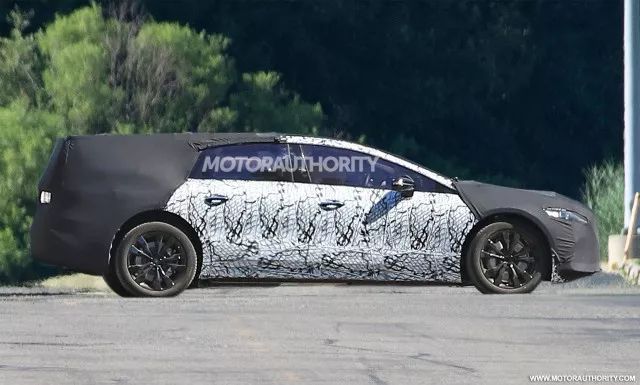
In fact, many new car companies also promote forward development based on a new platform. What is the difference between developing based on a new pure electric platform and an existing fossil-fueled car platform? Let me explain with an example.
This is a picture released by Lucid Motors, a smart electric vehicle startup company in Silicon Valley. The Lucid Air in the middle is shorter, narrower and lower than the Mercedes S-Class on the left and the BMW 7 Series on the right, but it has a larger interior space. Lucid hopes to illustrate a point that in the era of pure electric vehicles, through reasonable design layout, a relatively compact car model can have an interior space that is equivalent to or even more spacious than traditional flagship car models.
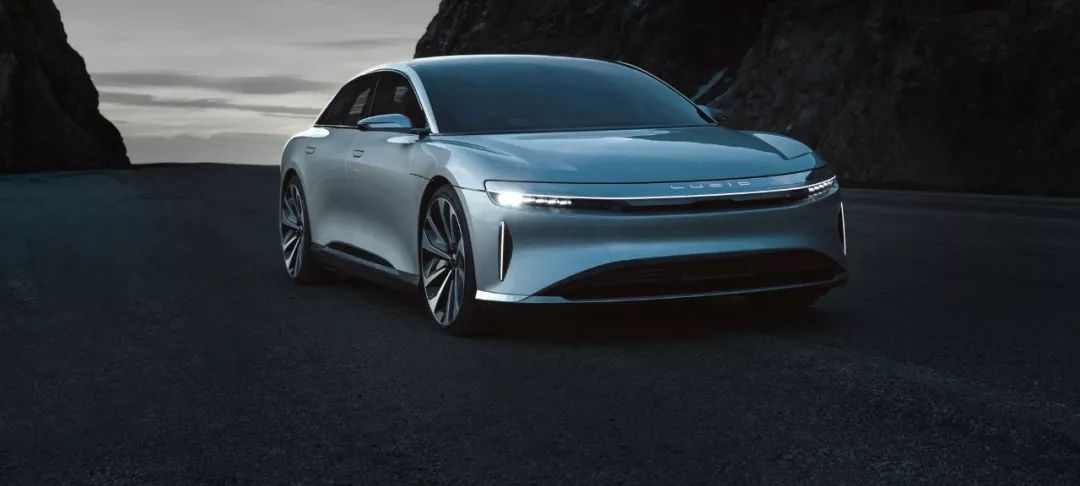
Lucid’s design vice president, Derek Jenkins, said in an interview that the two goals established for the Lucid Air by his design team and the engineering team led by Lucid CTO Peter Rawlinson from the very beginning were maximum passenger space and simplified power system.

If “maximizing passenger space” is the responsibility of the design team (which actually requires deep cooperation from the engineering team), then “simplified power system” almost entirely belongs to the engineering team’s challenge.
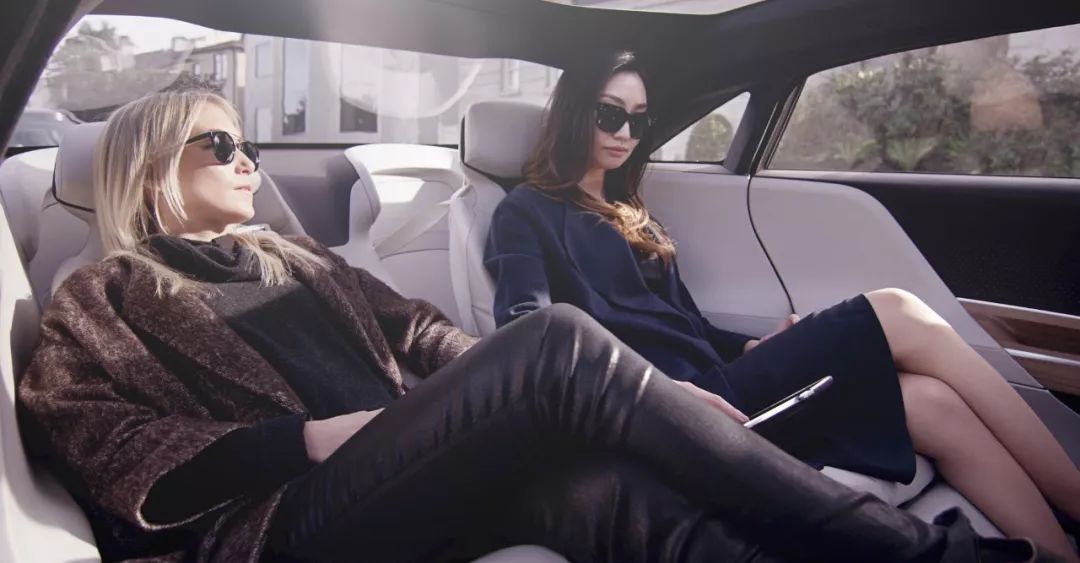

In fact, these two criteria are reflected in Tesla models. Think about the body size specifications of Model 3, the huge front trunk, and the highest integration of powertrain in the industry. You will have a deeper understanding of Tesla’s product definition.
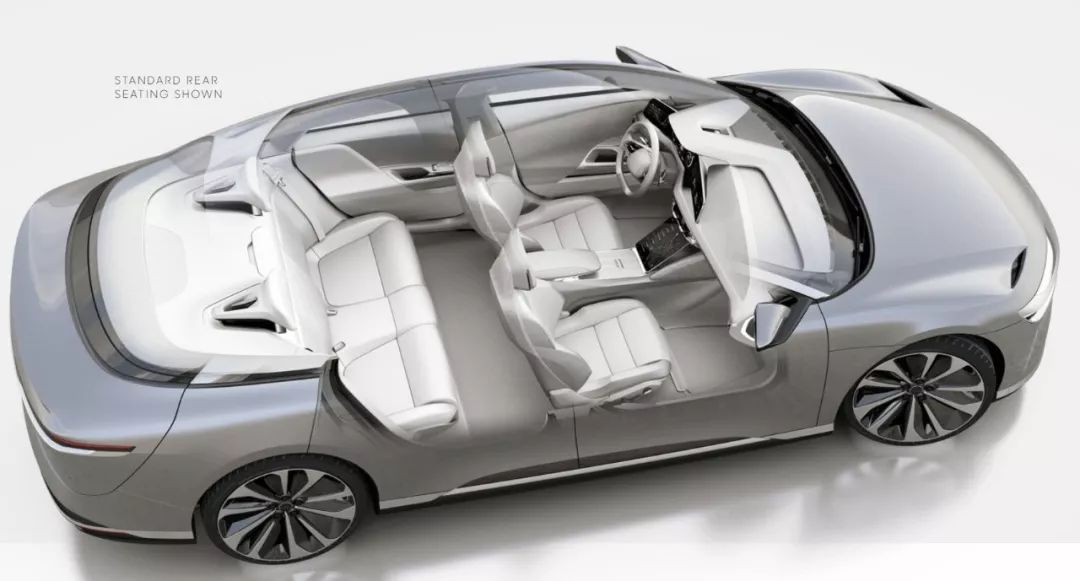 The similarity between the practices of the two companies has its reasons. Before joining Lucid as CTO, Peter Rawlinson was Vice President of Vehicle Engineering and Chief Engineer of Model S at Tesla.
The similarity between the practices of the two companies has its reasons. Before joining Lucid as CTO, Peter Rawlinson was Vice President of Vehicle Engineering and Chief Engineer of Model S at Tesla.

Regarding EQS, maximizing passenger space and simplifying the power system should be the industry trend. Mercedes-Benz has mentioned that EQS will have the quality of S-class cars, but its size specifications are between C-class and E-class, which is self-evident.

Interestingly, Derek specifically mentioned that models like Model S and Lucid Air can only be born in emerging car companies, and Mercedes-Benz cannot produce such models. The reason is that in traditional car companies, the design and engineering teams mostly work separately and only hold a few meetings to finalize the design.
In emerging car companies, the design and engineering teams need to cooperate very closely. The team leaders are usually cross-border talents who understand both design and engineering at the same time, which is rare in traditional car companies.

This also makes me more looking forward to the final appearance of EQS. In addition to Mercedes-Benz, two smart electric cars in China’s new car camp are also worth looking forward to. The first is NIO’s ET7.
In August last year, there were reports that NIO’s first sedan, the ET7, had entered the mold opening phase. If according to Volkswagen’s development cycle, entering the mold opening phase means that it will only take another 12-18 months to reach the SOP (mass production) status. NIO’s rhythm is only fast, not slow, and ES8 only took 36-38 months, indicating its ability in this category.
As for the car size, based on the same platform as ES8/ES6, the sedan is obviously aimed at the Model S market. According to NIO’s rhythm, the ET7 will be released at NIO Day in December 2019.
The other is the next model of Chehejia. A Weibo user asked Chehejia CEO Li Xiang if the 5-seater car is a mid-size sedan. Li Xiang’s answer was that it is at the S-class level of Mercedes-Benz.
Why is this car also worth looking forward to? Take a look at the original post. By 2030, only three completely different models will be produced: the best 6/7-seater, the best 5-seater, and the best ride-hailing/taxi.

The most important two words in this Weibo post are “completely different” and “the best”. “Completely different” means that the three models are positioned in three different markets, and “the best” means explosive products.
There are many successful examples of explosive products, such as the iPhone and the Tesla Model 3. After Ideenion ONE, all of Car and Home’s energy will be concentrated on this sedan, which is also Car and Home’s first pure electric model.
In fact, the “maximization of passenger space and minimalistic power system” mentioned earlier is just one of the development trends in the intelligent electric vehicle industry. In fact, the electrification of powertrain gives today’s designers and engineers the opportunity to redefine the layout of the car interior and the body proportions.
For example, traditional luxury cars have long hoods to accommodate high-performance powertrains, resulting in short cabins shifted to the rear, making the car look slender and elegant.
The pure electric powertrain no longer needs to maintain a large front cabin proportion. On the contrary, the priority of reducing wind resistance has increased. One possible trend is to obtain superior interior space by widening the wheelbase. Another trend is to achieve the flexibility of an E-class with an S-class body.
To conclude with Nick Sampson, co-founder and former senior vice president of research and engineering at FF:
There is a lot of potential for a revolution in the way EVs are engineered. Like I said the big change is yet to come.
电动汽车的设计方式很有可能发生一场革命。就像我说的,大变革还没诞生。


This article is a translation by ChatGPT of a Chinese report from 42HOW. If you have any questions about it, please email bd@42how.com.
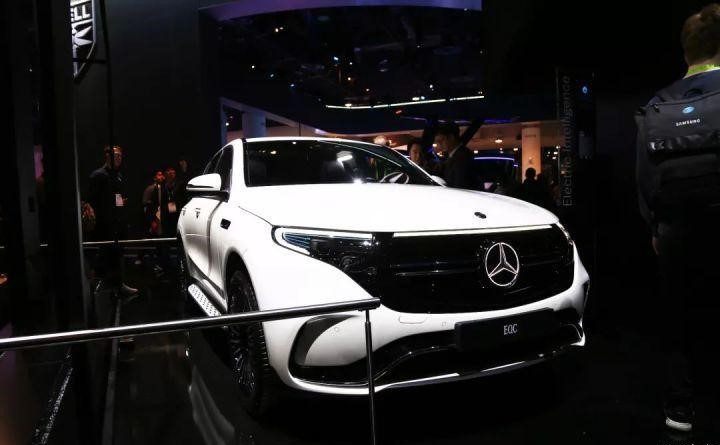
 *
*